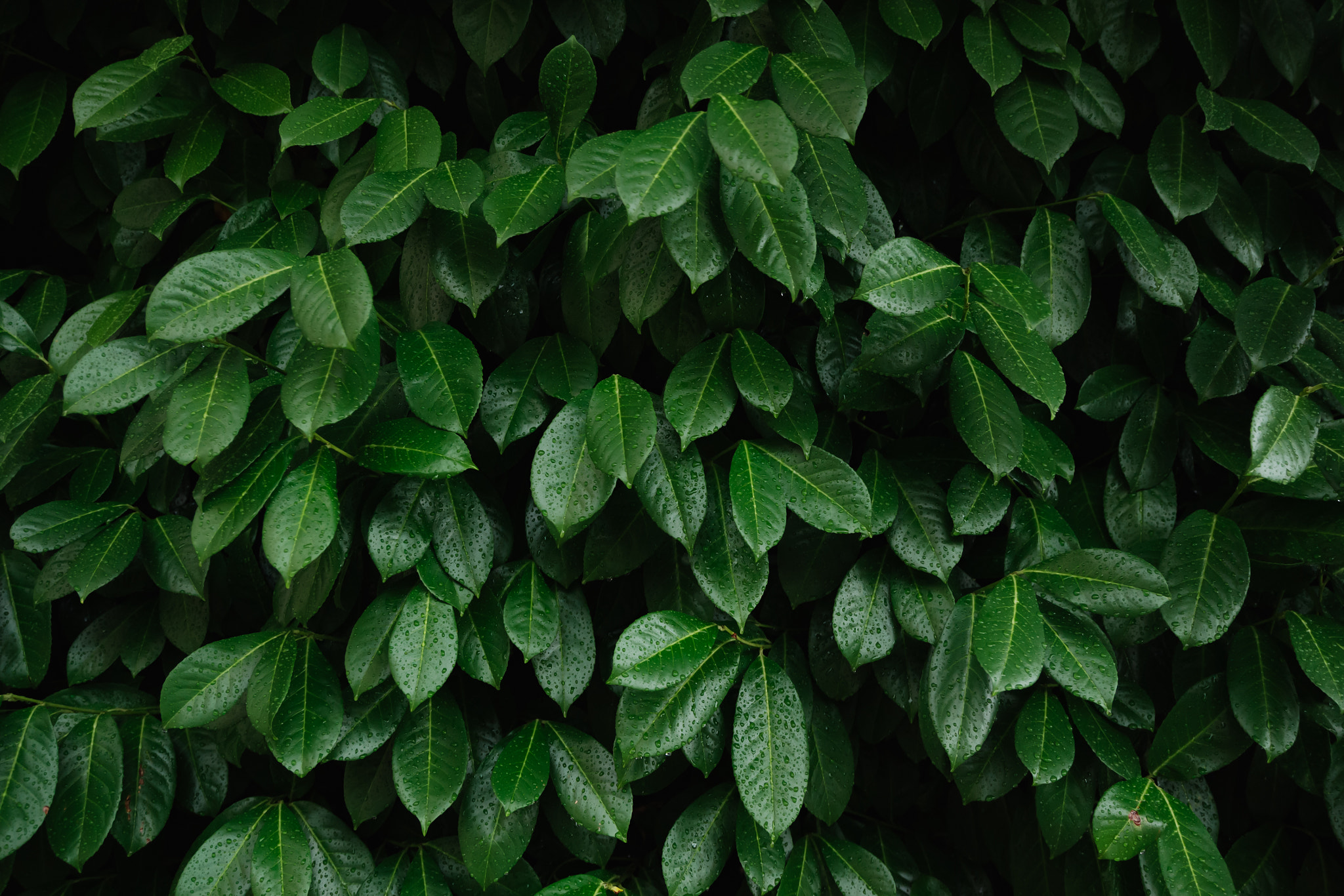서해패키징 시스템즈
The Best Partner of Your Business
The True Story About 3d Garden Design That The Experts Don't Want You …
Chloe
0
3
07.13 03:48
 This spring, the Royal Horticultural Society, together with the Bumblebee Conservation Trust, is calling on people to take part in its ‘Bumbles on Blooms' campaign, capturing pictures of bumblebees and uploading these to the iNaturalist app or website (uk.inaturalist.org) to help better understand which garden flowers they prefer.
This spring, the Royal Horticultural Society, together with the Bumblebee Conservation Trust, is calling on people to take part in its ‘Bumbles on Blooms' campaign, capturing pictures of bumblebees and uploading these to the iNaturalist app or website (uk.inaturalist.org) to help better understand which garden flowers they prefer. 3D garden design tools are not just beneficial for homeowners, but also for landscapers and garden designers. By creating a 3D model of the proposed garden, professionals can effectively communicate their vision to clients, ensuring that everyone is on the same page before any construction begins. This collaborative approach can lead to a more efficient and successful project, with fewer misunderstandings and revisions along the way.
The first step in creating a 3D garden design is to conduct a site survey and take accurate measurements of the outdoor space. This information will form the foundation of the design, helping to ensure that the layout is appropriate for the size and shape of the garden. By using tools such as laser levels and GPS devices, designers can capture precise data that can be imported into 3D modelling software.
In addition to their aesthetic appeal, tropical houseplants offer a range of benefits for both physical and mental wellbeing. Studies have shown that indoor plants can help to purify the air, removing toxins and pollutants and improving air quality. Tropical houseplants, with their large leaves and rapid growth, are particularly effective at filtering out harmful substances such as formaldehyde, benzene, and xylene.
Step 1: Choose the right pot. If you are transferring the plant from another pot, be sure to wash thoroughly and spray the pot's surface with a microbial inoculant as it may harbor harmful bacteria or disease. Be sure to keep your pot size proportionate to the plant it will house. Too large a pot can lead to root disease and too small a pot will prevent the plant from thriving.
Finally, fertilizing your tropical houseplants regularly will help to ensure that they have the nutrients they need to grow and thrive. Use a balanced, water-soluble fertilizer once a month during the growing season, and reduce feeding in the winter when plants are not actively growing. With proper care and attention, your tropical houseplants will reward you with lush foliage, vibrant blooms, and a touch of exotic beauty in your home.
Tropical houseplants are a popular choice for indoor gardening enthusiasts, as they bring a touch of exotic beauty and vibrancy to any living space. With their lush foliage, vibrant blooms, and unique shapes, tropical plants can transform a mundane room into a lush oasis. In this article, we will explore the appeal of tropical houseplants, their benefits, and tips for caring for these stunning additions to your home.
Traditional 2D garden designs can often be limited in their ability to convey the full scope and detail of a landscaping project. With 3D garden design, every aspect of the outdoor space can be accurately represented, from the texture of the paving stones to the height of the trees. This level of realism ensures that homeowners can make informed decisions about their garden design, leading to a more successful and satisfying outcome.
While tropical houseplants are generally easy to care for, there are a few key factors to consider in order to ensure their health and vitality. First and foremost, tropical plants require sufficient light in order to thrive. While they can tolerate lower light conditions, they will grow more slowly and may not produce as many flowers or vibrant foliage. Place your tropical plants in a bright, indirect light to provide them with the energy they need to flourish.
Once the site survey is complete, the next step is to select the materials and features that will be incorporated into the garden design. This includes choosing the type of paving, decking, plants, and furniture that will enhance the outdoor space. By working with 3D models of these elements, homeowners can experiment with different combinations and layouts until they find the perfect design for their garden.
One of the key benefits of tropical houseplants is their ability to purify the air. Many tropical plants, such as the Boston fern and the Spider plant, are particularly good at filtering out harmful toxins from the air, such as formaldehyde and benzene. This can help to improve indoor air quality and create a healthier living environment for you and your family.
Furthermore, 3D garden design software allows for precise measurements and accurate calculations, ensuring that every element of the garden is in proportion and fits perfectly within the space. This level of accuracy helps to avoid costly mistakes and ensures that the final result meets the client's expectations.
3D garden design has revolutionised the way we approach landscaping projects, allowing homeowners to visualise and plan their outdoor spaces with unprecedented realism and detail. By leveraging the benefits of this technology, individuals can collaborate with designers, experiment with different materials and features, and create a garden that meets their unique preferences and requirements. Whether you are looking to transform your backyard into a peaceful retreat or revamp your front yard for curb appeal, Http://Hu.Feng.Ku.Angn.I.Ub.I.Xn
